Luigi Magistrelli & Bruno Giuffredi - Paganini - Carulli - Rossini: Italian Serenades (2018)

Artist: Luigi Magistrelli, Bruno Giuffredi
Title: Paganini - Carulli - Rossini: Italian Serenades
Year Of Release: 2018
Label: VDE-GALLO
Genre: Classical
Quality: flac lossless
Total Time: 01:04:27
Total Size: 242 mb
WebSite: Album Preview
TracklistTitle: Paganini - Carulli - Rossini: Italian Serenades
Year Of Release: 2018
Label: VDE-GALLO
Genre: Classical
Quality: flac lossless
Total Time: 01:04:27
Total Size: 242 mb
WebSite: Album Preview
---------
01. Sonata No. 3 in A Major, Op. 8: I. Allegro (Arr. for Clarinet)
02. Sonata No. 3 in A Major, Op. 8: II. Tema con Variationi-Larghetto (Arr. for Clarinet)
03. Sonata No. 3 in A Major, Op. 8: III. Allegro spiritoso (Arr. for Clarinet)
04. Serenata in G Minor for B-Flat Clarinet and Guitar, MS 16: I. Larghetto
05. Theme and Variations for A Clarinet and Guitar: Largo-Andante Tema con Variazioni
06. Duo No. 3 for C Clarinet and Guitar: Andante grazioso-Rondo Allegretto
07. Serenade for C Clarinet and Guitar, Op. 127: I. Allegro
08. Serenade for C Clarinet and Guitar, Op. 127: II. Allegretto
09. Serenade for C Clarinet and Guitar, Op. 127: III. Trio-Andante mosso con Variazioni
10. Serenade for C Clarinet and Guitar, Op. 127: IV. Allegro
11. Five Little Notturni for C Clarinet and Guitar: I. Largo-Allegro
12. Five Little Notturni for C Clarinet and Guitar: II. Largo-Allegro
13. Five Little Notturni for C Clarinet and Guitar: III. Largo-Allegro
14. Five Little Notturni for C Clarinet and Guitar: IV. Largo-Allegretto
15. Five Little Notturni for C Clarinet and Guitar: V. Largo-Polacca
16. Notturno for three C Clarinets and Guitar: Largo-Allegretto
17. Tarantella for B-Flat Clarinet and Guitar: Presto
The clarinet has been considered since ever one of the most melodical and singing instruments, able to express the inner feelings in a deep and romantic way also resembling the human voice. Both classical and early romantic composers understood these qualities and started to produce good repertoire for it, giving the accompaniment parts to different instruments. Not only the usual piano had been chosen but also some other instruments such as cello, viola, harp and guitar. The guitar can be considered the king of the classical and romantic Serenades, to be done by lovers or simply for singing melodical songs. The clarinet is without doubts one of the most suitable instruments to be coupled with guitar since it can sing beautifully and coping very well with the virtuoso passages present in any serenades. My aim was to put together interesting and unknown compositions for clarinet and guitar of the first decades of 19th century conceived by Italian composers, some already known but most of them totally unknown. A few of these compositions haven’t been in origin thought for clarinet but according to a well established performance practice of the late classical and early romantic periods, some instruments with common characteristics such as violin, flute or clarinet (better if in C) could be indifferently used.
Filippo Gragnani was one of the composers who gave great relevance to the guitar repertory. Born in Livorno he belonged to a family of famous luthiers and musicians. He studied violin firstly and then devoted himself totally to the guitar becoming a great virtuoso. Ricordi and Monzino published in Milan some works of him. Filippo Gragnani is connected to Ferdinando Carulli because he was his pupil and friend and studied in Paris with him. The two composers dedicated to each other some guitar compositions. The Duo here recorded for the first time consists of a manuscript originally written in a quite awkward key for C clarinet and guitar, and this suggested me that it could be transposed and played in a more comfortable way on an A clarinet, also with a better timbrical outcome. It could be possible that it was in origin intended for violin or flute. We have here clear influences of the classical viennese style of the typical serenade form. This Duo-Serenade is a lovely piece with enjoyable themes and demanding variations for both instruments. Filippo Gragnani composed a good number of Duets, Trios including guitar and also a Quartet with violin, clarinet, two guitars and a curious Sextet with flute, clarinet, two guitars and cello. In this compact I put also two arrangements of Adriano Amore, well-known Italian clarinet scholar, of small nice and famous pieces, quite suitable to open and to conclude the CD: the melodical and sweet Serenade of Paganini and the brilliant Tarantella of Rossini.
Raimondo Cuboni was an amazing multi-instrumentalist able to perform on violin, viola, flute, clarinet and guitar! He was active as a clarinetist in Cagliari, where he was born, at the Municipal Theatre, and then in Modena where he lived and died, as a violist and clarinetist at the Court Theatre. He also was even first violin at the Balls Orchestra. From 1818 he taught guitar, mandolin, flute and clarinet at Collegio dei Nobili. The manuscript of his Theme and Variations for A clarinet and guitar is preserved at the Biblioteca Estense of Modena. Some virtuoso variations are developed from the short cantabile main theme, and addressed to both instruments, which can thus show off their peculiar qualities.
Antonio Nava was a guitarist, composer and singing teacher who was born and lived for all his life in Milano. He made concerts in Italy, France, Germany and England. Ricordi published for him four guitar Sonatas called The Seasons of the year. He also wrote a Method for guitar and various Duos. The small nice Duo for C clarinet and guitar No. 3 has been intended for flute or violin or, I would say, for a similar instrument.
Mauro Giuliani was one of the most significant guitar composers of all times, called the Paganini of the guitar for his great virtuosity. Paganini, Mocheles and Beethoven were also his friends. He lived in Vienna for some years and here he was influenced by the viennese classical form. He produced an endless number of compositions for guitar of any kind. The Serenade Op. 127 requires the flute or the violin, but again the C clarinet is a very good substitute to those instruments. This beautiful composition has such a rich number of pleasant themes with slow and virtuoso demanding variations for both instruments, to be considered one of the best pieces composed by Carulli. On the opposite, the little five Notturni of Matteo Barbi could be intended as unpretentious but, in a way, small gems perhaps written for didactical aims or destined to amateur players. The short Largo introductions of these five Notturni are followed by brilliant lighthearted movements. We don’t have actually many information about him, only that he was active in Rome as guitarist and clarinetist. At the Casanatese Library in Rome are preserved his five Notturni, a Symphony in B flat for orchestra and a Concerto in D for two guitars and orchestra.
Ferdinando Carulli was in origin a cello player but later he started to study the guitar as a self-taught person and became a real virtuoso on his instrument. He made his success in Paris where he moved after being acclaimed during his performances in that city. He wrote a large number of pieces for guitar including Concertos with orchestras, Duos, Trios, Sonatas, Etudes and a celebrated Method. The small Notturno here recorded was intended for two violins, flute and guitar and we replaced the three instruments with three C clarinets, also suitable to create an ideal atmosphere of cantability around the soft guitar accompaniment in the initial Largo and then in the witty character of the allegretto with a passionate final part.
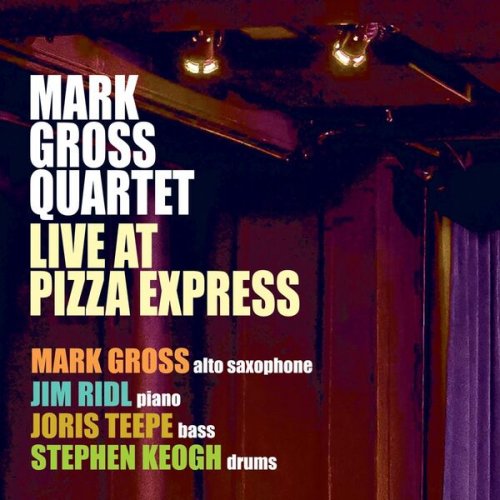
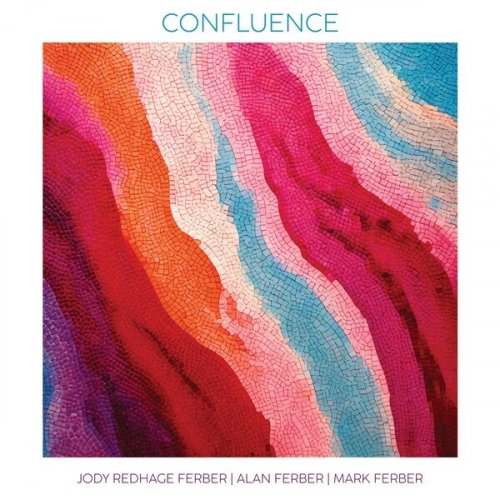
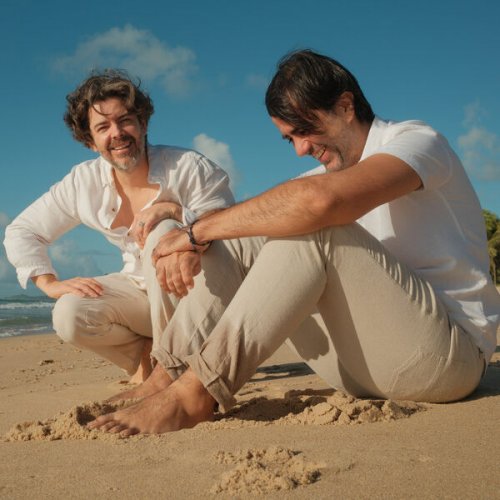
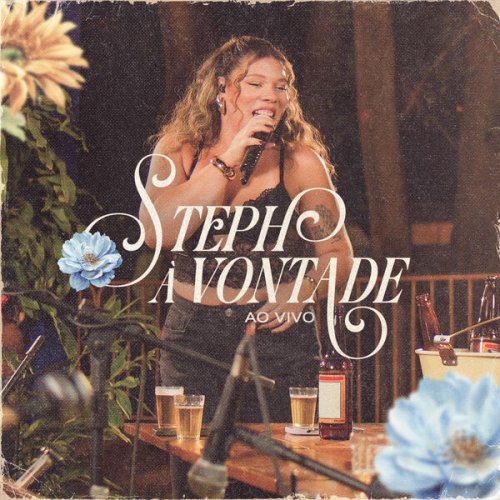

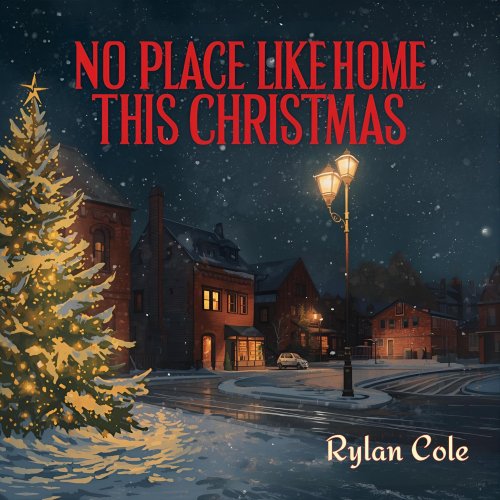
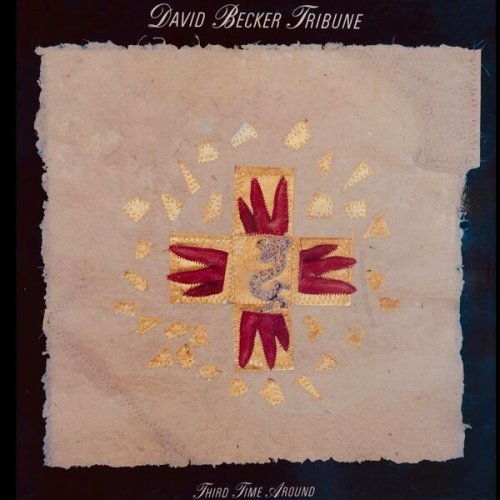
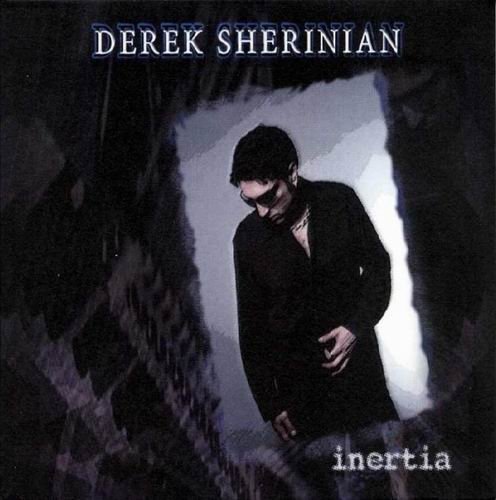
![Ready Player 3 - Ready Player 3 (2025) [Hi-Res] Ready Player 3 - Ready Player 3 (2025) [Hi-Res]](https://www.dibpic.com/uploads/posts/2025-12/1766128773_cover.jpg)